In southwest Africa, covering over 824 sqm, lies Namibia. From towering sand dunes to rugged mountains, it's a land of breathtaking landscapes and diverse wildlife. The country's landscape is characterized by deserts, mountains, and grasslands, and is home to some of the rarest breeds of animals, such as desert-adapted lions and elephants who have evolved to survive the harsh terrain. Namibia has made significant progress in protecting its wildlife and preserving its natural heritage through its vast network of national parks and conservation areas. It’s a popular destination for nature enthusiasts and adventure seekers, and like any destination for wildlife, there are those seeking to support the ecosystem and those working against it.
Namibia’s nature reserves
N/a'an ku sê Wildlife Sanctuary and the Zannier Reserve are two private wildlife reserves that were founded with the goal of protecting and conserving wildlife and their habitats. N/a'an ku sê was founded by Dr. Rudie and Marlice van Vuuren to protect and conserve the wildlife of Namibia, while also providing a space for scientific research and conservation education. In 2016, Arnaud Zannier, French hospitality developer and founder of Zannier Hotels, came across a neighboring piece of land that was set aside for cattle breeding. He partnered with N/a'an ku sê to acquire this piece of land and turn it into a 9,000 hectare nature reserve. Zannier Reserve is a prime release location where rescued animals that are threatened by an ever-shrinking habitat could be safely relocated and reintroduced into the wild and reclaim their freedom. In the heart of the reserve lies Zannier Hotels Omaanda, offering its guests a unique opportunity to observe the immense African wilderness in exceptional luxury.
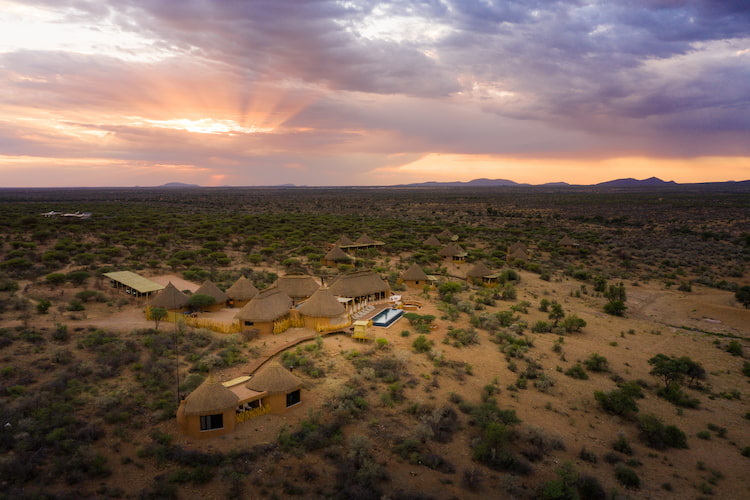
Photo by: Oyen Rodriguez
The partnership with the N/a'an ku sê Foundation ensures unique access to conservation projects for elephants, rhinos and big cats. By providing ethical tourism experiences and working with local communities and government agencies to ensure the survival and wellbeing of both the residents and ecosystems, these organizations have created an environment both on and off the reserves focused on important wildlife conservation work. Proceeds generated by the two reserves are used to fund their operations and conservation efforts across Namibia.
Human-wildlife conflict
Human-wildlife conflict is a growing challenge in Namibia, where expanding human populations and economic development are increasingly impacting wildlife habitats and causing conflicts between people and animals. From crop raiding by elephants to attacks on livestock by predators, these conflicts can have significant economic, social, and environmental consequences To address this issue, N/a'an ku sê is working to mitigate the impacts of human-wildlife conflict through a range of initiatives aimed at promoting coexistence and conserving wildlife populations.
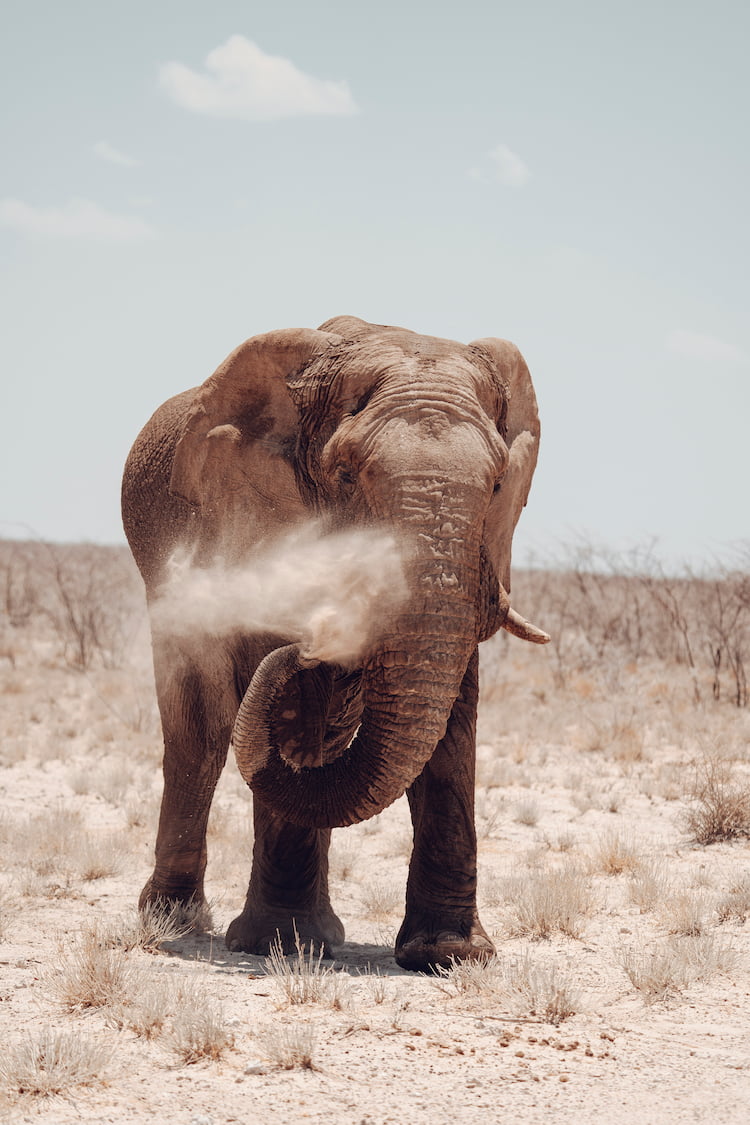
Photo by: Mia Stawinski
For example, N/a'an ku sê operates a wildlife sanctuary and rehabilitation center where injured, orphaned or rescued animals are cared for and, if possible, released back into the wild in the Zannier Reserve. The organization also provides support to local communities by implementing fencing and early warning systems, compensating for livestock losses, and promoting conservation education. Additionally, N/a'an ku sê carries out research and conservation initiatives aimed at promoting the long-term survival of wildlife and their habitats in Namibia. This includes monitoring and protecting key wildlife populations, conducting wildlife health assessments, and working to improve the management of protected areas.
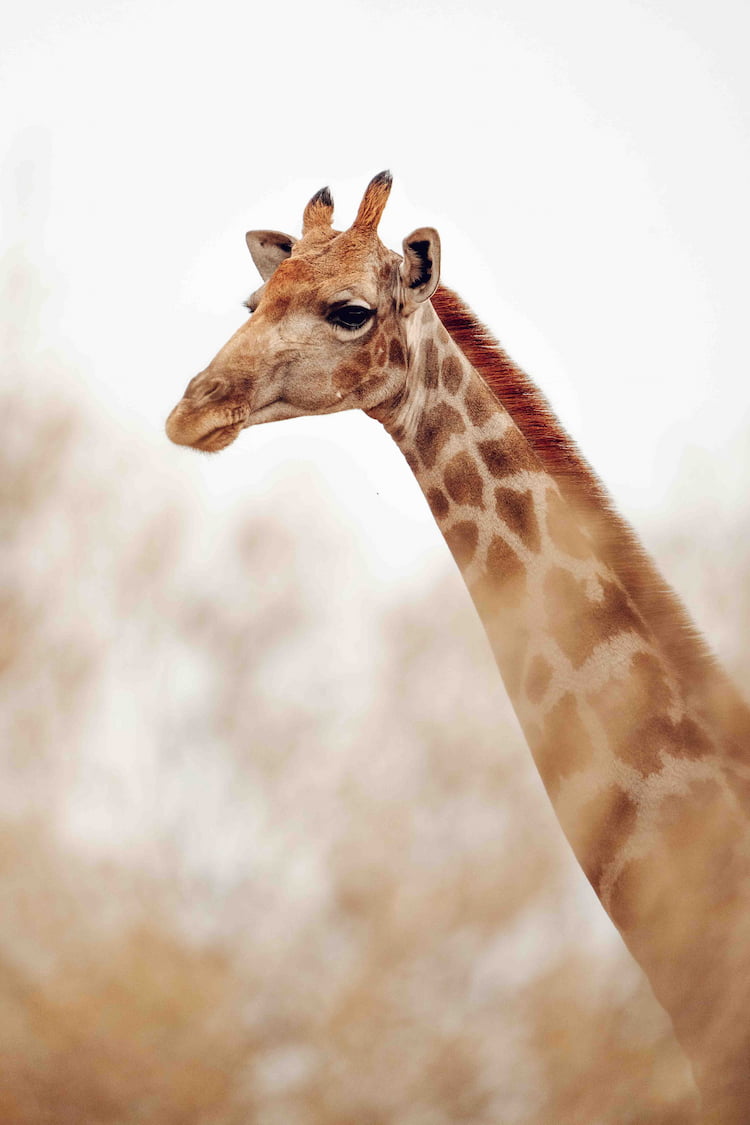
Photo by: Mia Stawinski
With the support of the Ministry of Environment, Forestry and Tourism, the organization also employs wildlife relocation methods which involves moving animals from areas where they are causing conflict to the nature reserve where they can live safely and freely. For those animals that can be difficult for local communities to tolerate, or ones who are suffering from the severe droughts present across the country, these relocation efforts offer these species a second chance and new home in a protected environment.
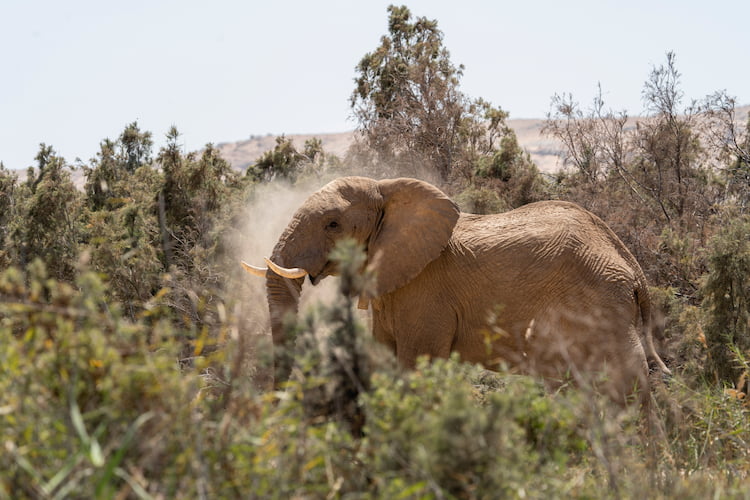
Photo by: Mia Stawinski
Anti-Poaching Unit
Due to their size and number of wildlife, the reserves are under constant threat from poachers who are driven by the illegal trade in wildlife products. Using funds generated from their ethical tourism experiences, both N/a'an ku sê and Zannier support an anti-poaching unit (APU) that protects the reserves and the surrounding areas. This allows wild animals to roam freely while they’re being watched out and protected 24/7 against poaching attempts. The cost to operate the APU is shared between the two reserves and runs between 75,000 and 90,000 NAD per month.
One of the most important roles of the anti-poaching team is to conduct regular patrols of the sanctuary. These patrols are critical for detecting and preventing poaching activity, as well as monitoring the health and well-being of the wildlife. In addition to patrols, the anti-poaching team also employs a variety of other tactics to deter poachers. These include the use of early warning systems, such as sensors that detect movement and alert the team to potential poaching activity. They also use tracking dogs to help locate poachers and their tracks.
One of the most important roles of the anti-poaching team is to conduct regular patrols of the sanctuary. These patrols are critical for detecting and preventing poaching activity, as well as monitoring the health and well-being of the wildlife. In addition to patrols, the anti-poaching team also employs a variety of other tactics to deter poachers. These include the use of early warning systems, such as sensors that detect movement and alert the team to potential poaching activity. They also use tracking dogs to help locate poachers and their tracks.
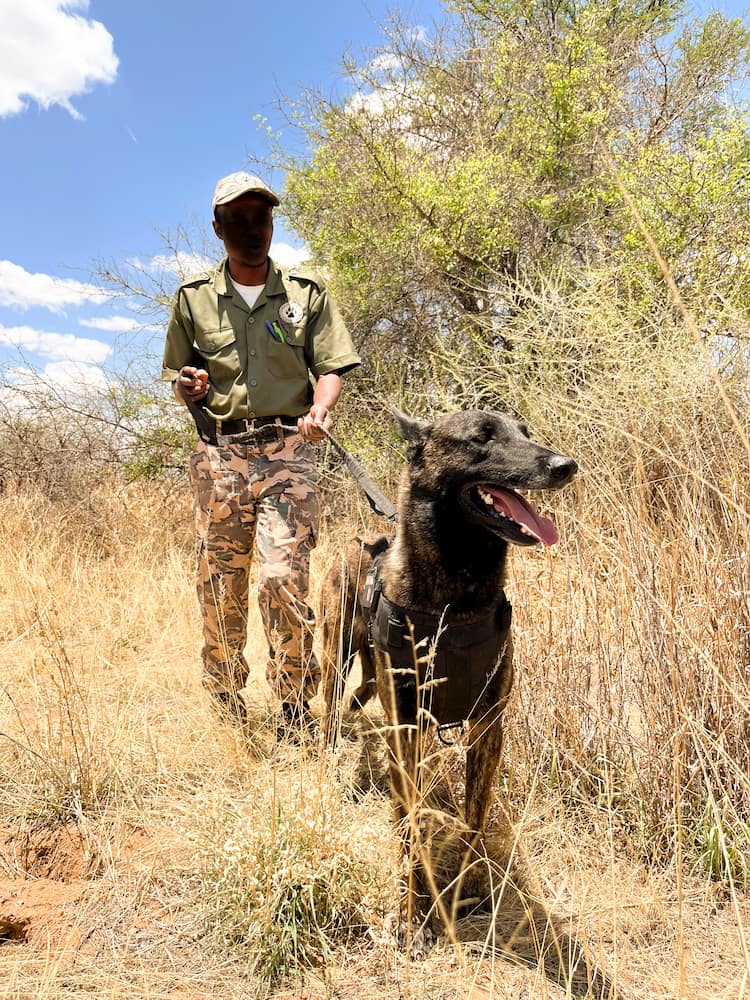
Photo by: Mia Stawinski
But the work of the anti-poaching team is not limited to just protecting the wildlife from poachers. They also work closely with the local communities to educate them about the importance of wildlife conservation and the negative impacts of poaching. Community engagement is critical to any conservation work especially in an environment where human-wildlife conflict and poaching are so prevalent. By supporting local communities, N/a'an ku sê and Zannier Hotels have helped to create a unity amongst the people, their homeland and all its inhabitants. Efforts are made to educate the communities about the importance of conservation and the negative impact of poaching on wildlife and the environment.
The extent to which N/a'an ku sê Wildlife Sanctuary and the Zannier Reserve have gone to protect the ecosystems of Namibia cannot be understated. Utilizing all opportunities and options at their disposal, these reserves have created an environment that attracts visitors and volunteers from around the world that share their passion and love for wildlife and the African ecosystems. Their efforts have not gone unnoticed by government agencies either. The Ministry of Environment, Forestry and Tourism, and the Namibian Police have both been allies to these reserves as they make progress towards restoring habitats and protecting animal populations. Just a stone's throw away from the capital of Windhoek, both N/a'an ku sê and Zannier Hotels Omaanda offer an experience that visitors to Namibia do not want to miss. By visiting the Zannier Reserve and N/a'an ku sê one is not only able to experience this wildlife paradise but also to save lives by contributing to their conservation projects and to give endangered wildlife a second chance.
Photography by Mia Stawinski
For more information, visit: naankuse.com and https://zannierhotels.com/omaanda/en/ https://zannierhotels.com/omaanda/en/experience/zannier-reserve/
You can support the conservation work of the APU-unit by donating via these links: Anti-Poaching Unit (salsalabs.org)
Zannier Reserve
Photography by Mia Stawinski
For more information, visit: naankuse.com and https://zannierhotels.com/omaanda/en/ https://zannierhotels.com/omaanda/en/experience/zannier-reserve/
You can support the conservation work of the APU-unit by donating via these links: Anti-Poaching Unit (salsalabs.org)
Zannier Reserve


